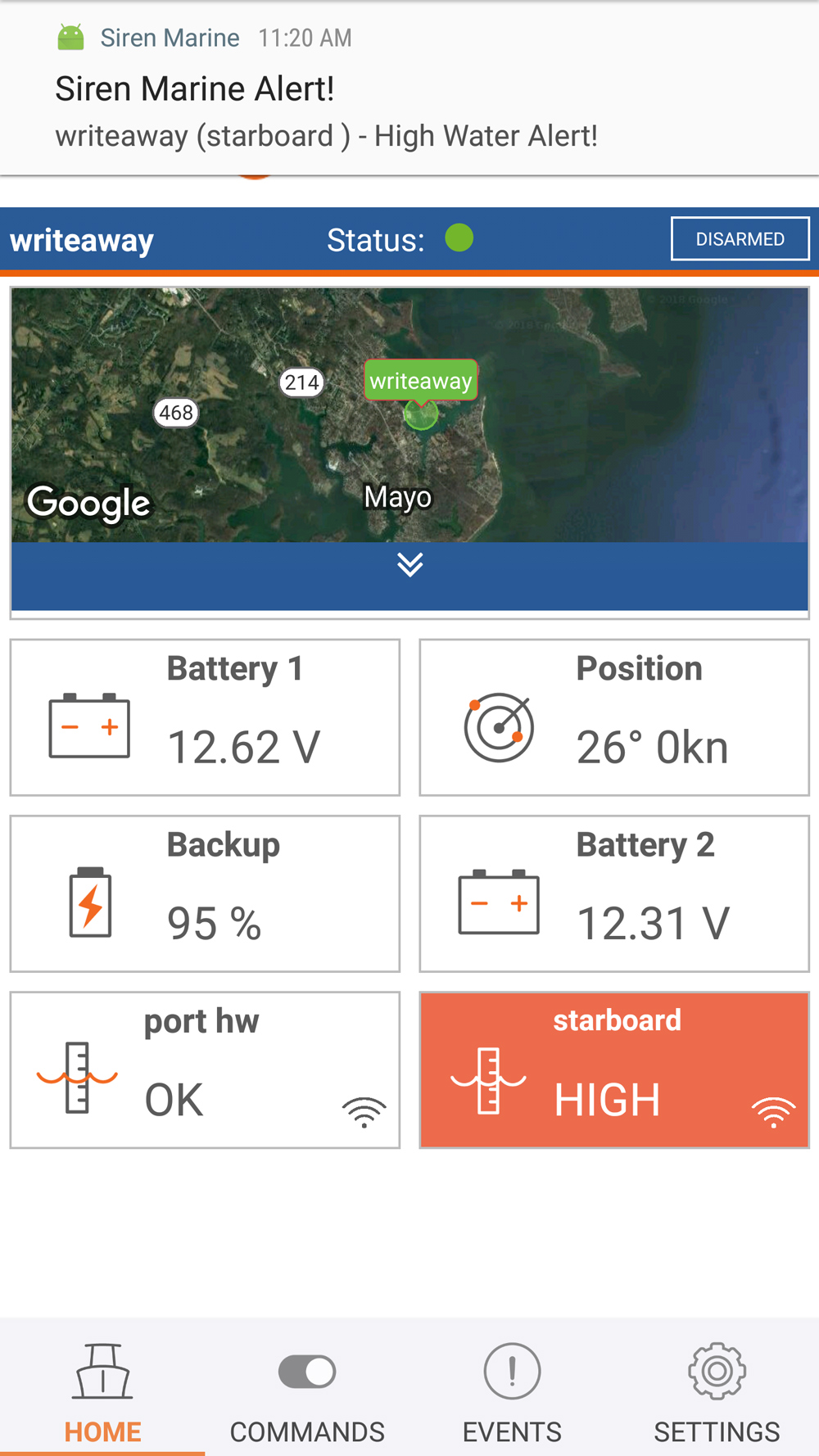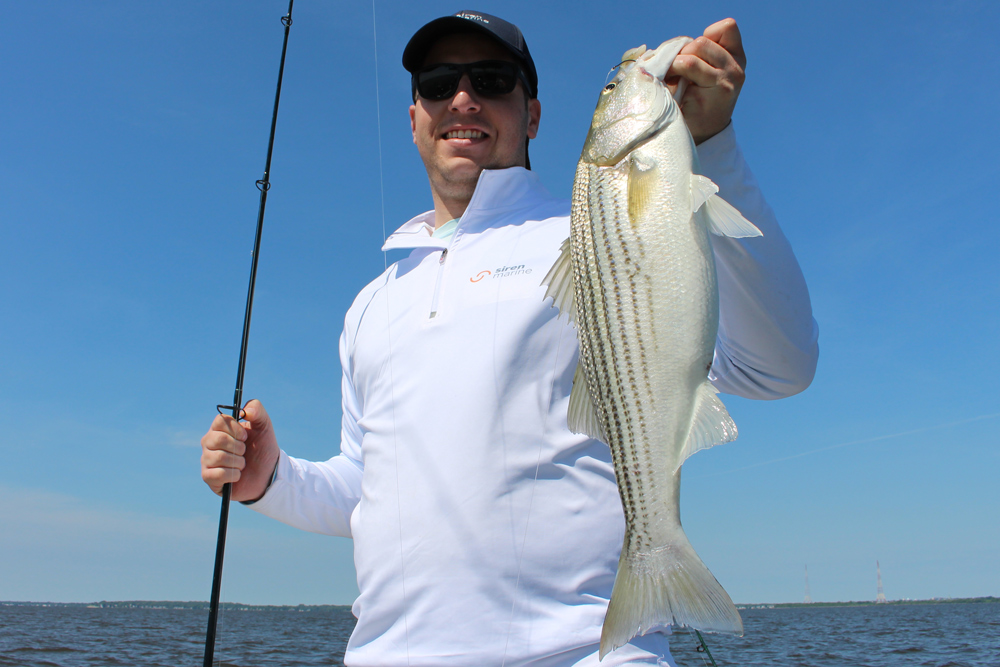How to stop a Boat From Sinking: A FishTalk Actually-Helpful-Not-Just-Annoying (we promise!) Special Advertorial Section, including 5 tips on how to keep your boat from sinking.
If you ever wondered how to stop a boat from sinking you should know that according to insurance data, most boats sink right in their slip. So when the folks at Siren Marine told us they had a way to help – by enabling you to keep a virtual “eye” on your boat, its systems, and location from afar – we were interested. When they offered to put a Siren MTC system on a boat and let us see for ourselves how it works, that interest grew. And when they said they wanted to foot the bill for us to test it and then tell the world about it, we said we’d give it a go. The big surprise? We quickly found out that if you’d like to stop a boat from sinking, the Siren system (and let’s be honest here, people, possibly also some competitive products that do a similar job) deserves to be ranked among the top three ways to keep Mom’s Mink afloat. How can we make such a bold statement? Look at this screen shot:

Yes, much to our surprise, the Siren system actually sent the phone blaring with text alerts just a few weeks into our testing period. The seal around a forward deck hatch had deteriorated then broke when someone stepped on the hatch at some point, all the rainwater hitting the foredeck was running into the bilge, and sometime during a very rainy two weeks at the end of May (total precipitation: 8.17 inches) the float switch got jammed with bilge detritus.
Just in case you’re not familiar with how the system works: The Siren MTC is a small cellular-based unit that communicates with wired and/or wireless sensors placed around your boat, then beams the info they collect to your phone via an app. We installed high water alarms in the bilges, and battery charge level sensors on the batteries. The base station itself serves as a geo-fencing unit so you always know the exact GPS location of your boat, too. Though we installed a fairly basic system you can add sensors for things like entry alarms and motion detectors for security, temperature sensors, and even remote switching relays – which let you turn on and off systems like the air conditioning or lights, right from your phone – to expand the system however you’d like.
Something we loved about the system was that installation was a breeze; it took all of an hour and a half to mount the base station, put in the sticky-back wireless sensors (you can bracket-mount them if you want) and set everything up on the app. We shot a video of the whole process so anyone can see how to do the job, and just how easy it is:
In fact, the process went so smoothly that we had half a day left over with nothing on the agenda. Naturally, we took advantage of that and…

Anyway, back to keeping your boat from sinking, and our promise to be helpful and not just annoying no matter who pays for what. Here are five tips on how to keep your boat afloat:
Tip #1 – Clean out your bilge, and keep it clean. We’re not talking about dumping in a jug of the “self-cleaning” stuff and calling it a day. That can be helpful for maintaining an already-clean bilge, but you really need to get rid of the crud that builds up over the years. Get a telescopic scrub brush, and go to town. And remember – a failure to do so is how our float switch got stuck in the first place. Bilge detritus isn’t just ugly, it’s dangerous.
Tip #2 – Check your deck drainage every time you leave the boat. Clean leaves and fish scales off the deck, check the gutters around in-deck fishboxes and hatches to make sure they’re draining properly, and blast your hose through the scuppers to be sure they aren’t clogged.
Tip #3 – Replace old gaskets. See above, and the example provided by our decades-old deck hatch. Many hatches, fishbox lids, and similar items have rubberized gaskets which do deteriorate with age. In our case the plastic hatch had cracked and when someone stepped on it, the gasket went from old and barely sufficient to non-existent. Prevent such a situation, by replacing aged gaskets with fresh, flexible ones.
Tip #4 – If you have a stern-drive, inspect the bellows every time you use the boat and replace it every three to five years (according to wear and tear). According to BoatUS, over 10 percent of all dockside sinkings can be blamed on a bad bellows.
Tip #5 – Get a remote monitoring system that includes bilge high water alarms. Yeah, sure we hope you choose Siren, since they’re helping support FishTalk and without advertisers we’d go bust. Plus, we now know for a fact that their system works. But as die-hard anglers who depend on boats – that stay afloat – to do what we love to do, more than anything we want to encourage people to take advantage of this type of modern technology. Because whatever remote monitoring system you might ultimately choose, it can prevent a serious disaster.
For more information, visit Siren Marine.